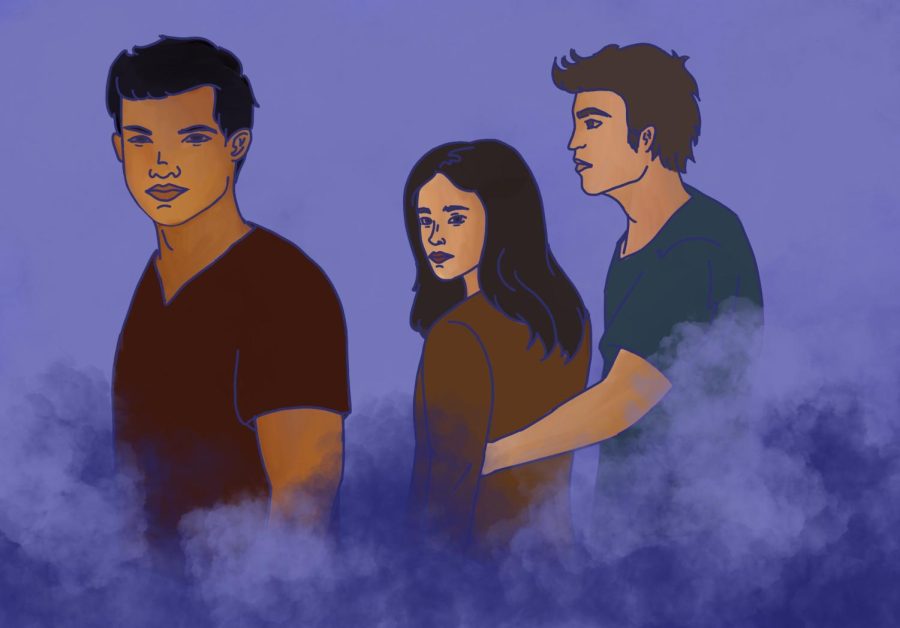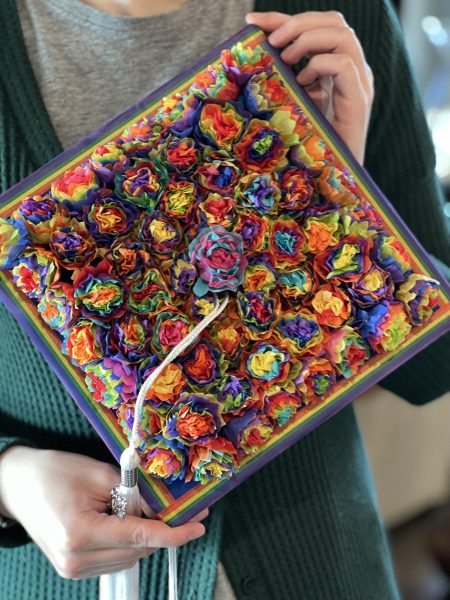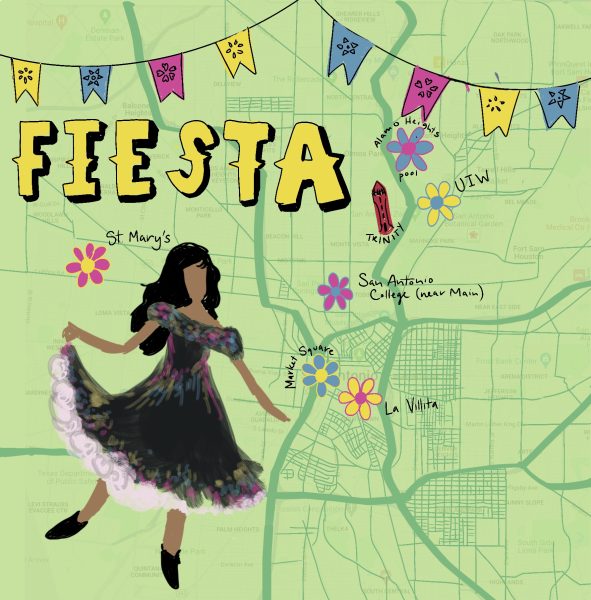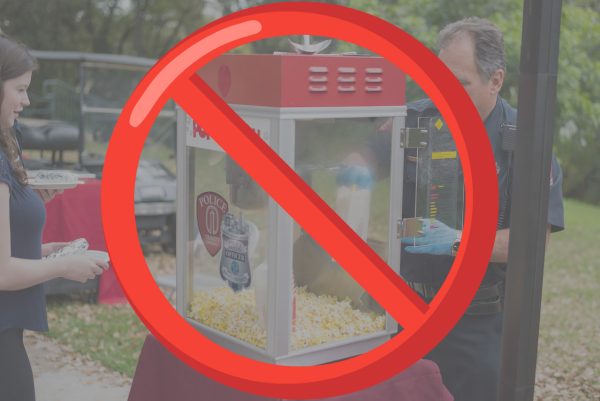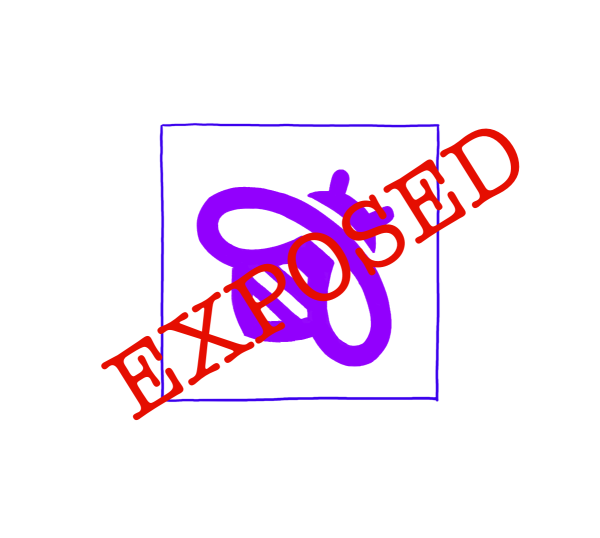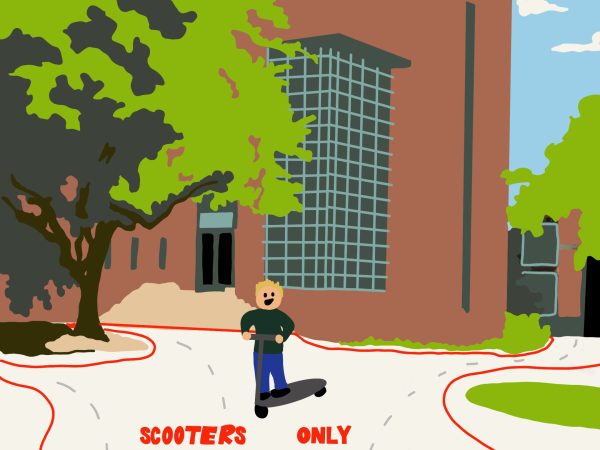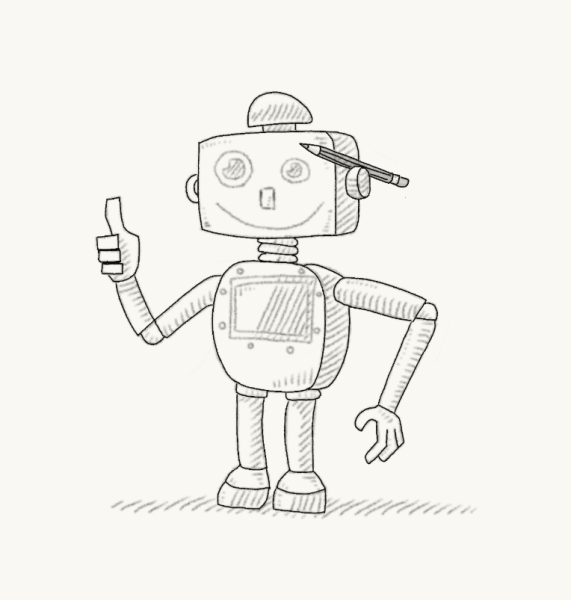Maybe vampires don’t suck, actually: Why Twilight is worth revisiting in 2022
How the “Twilight Renaissance” shows a willingness to let go of internalized misogyny
In 2003, Arizona housewife Stephenie Meyer had a very vivid dream, one that would change both the course of her life and the face of pop culture forever. She saw two people in a wooded meadow — one an ordinary human girl, the other a stunning, sparkling vampire. Upon awakening, she began fervently writing a book that, in only three short months, became the first Twilight novel. This novel would go on to spawn three sequels, five movies and numerous spin-off books, define the young adult supernatural romance genre and raise a legion of dedicated fans.
A preteen Sarah Fisher was definitely not one of those fans. I was too good for Twilight. I only read “real” literature, books like Harry Potter and the Hunger Games with strong female protagonists whose lives didn’t revolve around their toxic vampire boyfriends. I turned my nose up at girls silly enough to enjoy these shallow romance novels. I hadn’t read them, of course, but I knew they were shallow.
I wasn’t alone in my negative opinion of Twilight and the teenage girls and middle-aged women who enjoyed them. For years, Twilight has been a cultural punching bag, with people sharing memes about how any number of ridiculous pairings was “still a better love story than Twilight” or how Kristen Stewart was a horrible actress who could only make one facial expression. The fangirls were just obsessed with the series to an embarrassing degree, something any self-respecting person wouldn’t want to be associated with.
For me and many girls my age, not liking Twilight was a point of pride, a way to distinguish myself from “other girls.”
However, when I got to college, I decided to take a chance on Twilight. The series entered a so-called Renaissance on social media following the release of Midnight Sun (the first Twilight novel, but from Edward’s perspective) in the summer of 2020. People were making fan art, posting memes and discussing the iconic scenes and the impact the series had on them.
I was intrigued by the Twilight Renaissance — what was bringing so many people back to Twilight of all things? The movies seemed like a fun October watch, so I gathered some of my friends and I put on the first Twilight movie. And I loved it.
After years of avoiding the series like the plague, I found myself suddenly invested in the story and the world, tearing through all five movies. Part of my enjoyment was ironic. A lot of the lines and acting choices are unintentionally hilarious. The first time Edward sees Bella he actually retches. “Hang on, spider monkey” is passed off as a romantic line. The elevated drama leads to some really ridiculous situations like Bella yelling “You nicknamed my daughter after the Loch Ness monster?” before lunging at the guy who pined after her for years only to become magically bound to her newborn daughter (yikes).
Part of my enjoyment was entirely sincere. The soundtrack slaps (go listen to “Decode” by Paramore right now), the blue filter sets the perfect gloomy autumn vibe and the drama and action really draw you in. Watching the insane final showdown in “Breaking Dawn: Part Two” with someone who has no idea about the twist at the end is one of the greatest pleasures in life.
Now, this series certainly has some glaring flaws. Bella and Edward’s relationship is not one that teenage girls should seek to emulate. One of the members of the vampire clan is a former confederate soldier. Meyer’s depiction of the Quileute people as werewolves who are incapable of controlling their aggression is far less than sensitive. Oh, and again, Jacob falls in love with a baby at the end because of convoluted werewolf reasons, and the audience is supposed to accept it because the vampire-human baby will grow up exceptionally fast.
Though, back in the era of all that Twilight hate, these weren’t the reasons that people disliked the series. People hated Twilight because, at the end of the day, it appealed to teenage girls, and the interests of teenage girls are often devalued in our society.
The vitriolic hatred leveled at Kristen Stewart is the best example of the sexist undertones driving the Twilight hate train. Stewart played Bella perfectly, communicating her introspective and often awkward personality, but people disliking this character she played got her labeled a “bad actress” for years. Women who care about romance, from Bella to Twilight fans, are looked down upon, so other women seek to distance themselves from that sort of judgment by turning on romance media and the women that consume it.
In the Twilight Renaissance, the actual flaws of the series can be discussed now that the stigma of liking Twilight has died down somewhat. In the uncertain era of the pandemic, people were drawn to this nostalgic franchise and found comfort in it, though through an adult perspective, they had more tools to analyze the series. Admitting the issues with the series lets fans have fun with the franchise, creating a new version of the story that fixes the issues and expands on characters outside of Edward and Bella.
Allowing myself to like Twilight has been an important step in moving away from my internalized misogyny that steered me away from consuming any romance media aimed at girls my age. It’s okay to enjoy something just because you have fun watching it. I, for one, look forward to any new vampire romances that come out in the wake of Twilight’s newfound popularity. Also, the baseball scene from the first movie is one of the best scenes in history, fight me.
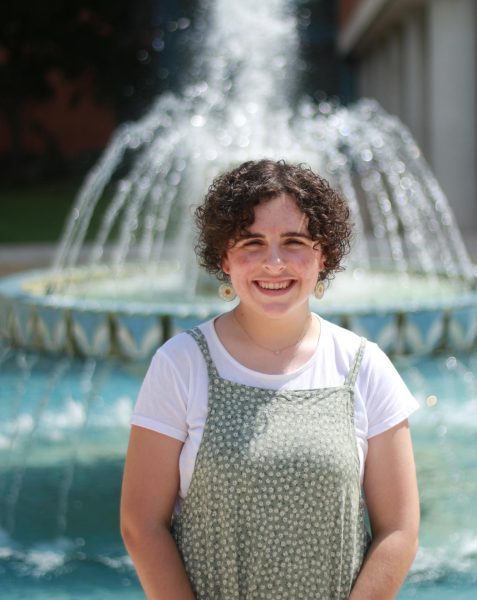
Hello! My name is Sarah, and I'm a senior from Nashville, TN majoring in communication and Spanish with a minor in history. I've been with the Trinitonian...

Hi guys! My name is Lily Zeng, and I am a sophomore from Memphis, TN majoring in Urban Studies with an interest in a Spanish major or minor. My favorite...

